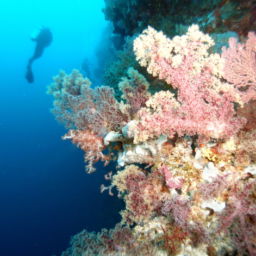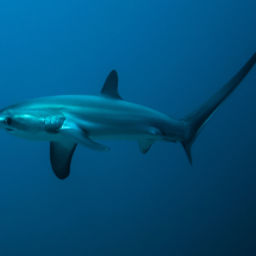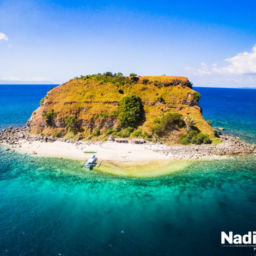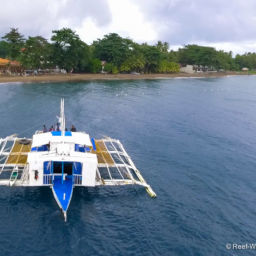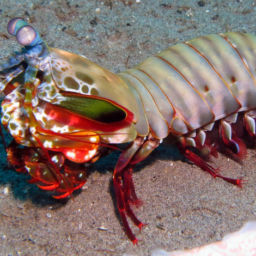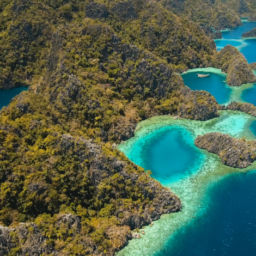Cover photo by Nadia Aly
Small, plentiful, colorful, charismatic — those are some of the words you’ll use to describe the various critters found in the Philippines. With so many islands and possible dive sites, it can be next to impossible to determine where you should take your tanks next. Do you head north for threshers, or south for reefs? Do you swim through the wrecks, or muck it up with the cephalopods? The Philippines has a bit of everything for everyone, but overall, the diving will appeal most to patient macro divers and reef lovers. After an epic five-week journey there, here are our top picks for the best Philippines diving.
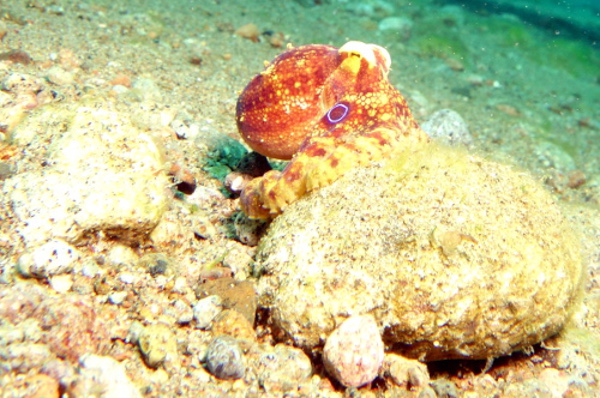
Dauin
Where is it: Negros Island
What makes it special: Macro and muck diving and cephalopods galore
Details: The entire Dauin area is a macro- and muck-diving dream. While there are some areas with coral, the big draws here are the small or rare critters, such as the blue-ringed octopus, orangutan crab, and tiny frogfish – just to name a few. This is a can’t-miss spot if you love cephalopods, as seeing multiple species of cuttlefish or octopuses on a single dive isn’t unusual. All the area’s dives are good for beginners to advanced divers, and especially for the patient photographer. Water temperatures are in the 80s F (26 to 30 C).
When to go: Year-round
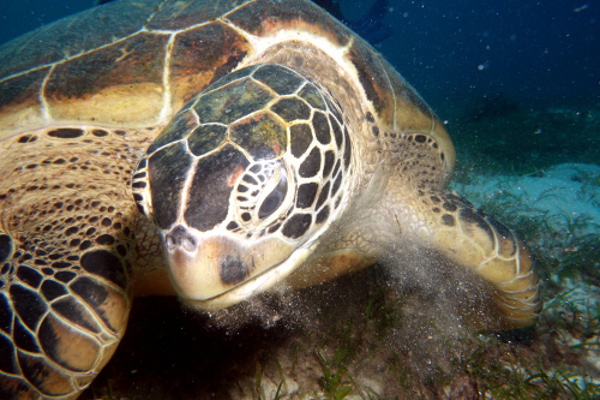
Balicasag
Where is it: Bohol
What makes it special: Lots of large turtles and lush coral gardens
Details: Massive sea turtles chow down in a sea-grass splattered sandy area, fringed with sprawling coral gardens that drop off into deep coral-encrusted walls. That about sums up diving Balicasag. Hang 10 with the chill turtles in the shallow water, or drop off over the edge to take a peek at the coral wall — or both. Water temperatures are in the 80s F (26 to 30 C). Depths can range from 20 feet (6 m) in the shallows to 100 feet (30 m) or more if you dive the walls.
When to go: Year-round
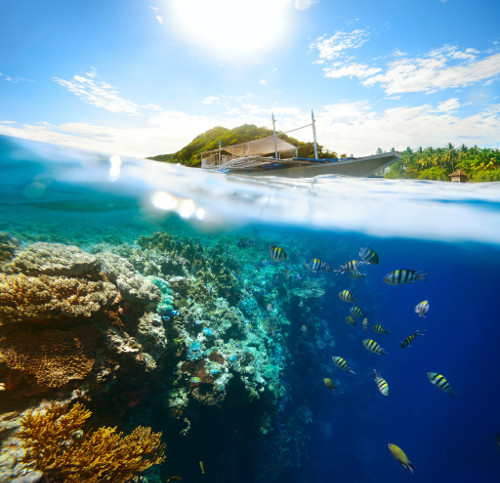
Apo Island
Where is it: Near Negros Island
What makes it special: Reef
Details: This is a great spot for the beginner diver and/or the reef lover. Every inch of this area is covered with hard and soft corals and filled to the brim with the reef fish and critters that call it home. The main, flat area is only about 20 feet deep (6 m) and can be snorkeled as well as dived, but the outer walls go down to well below 100 feet (30 m), if you’re so inclined.
When to go: Year-round
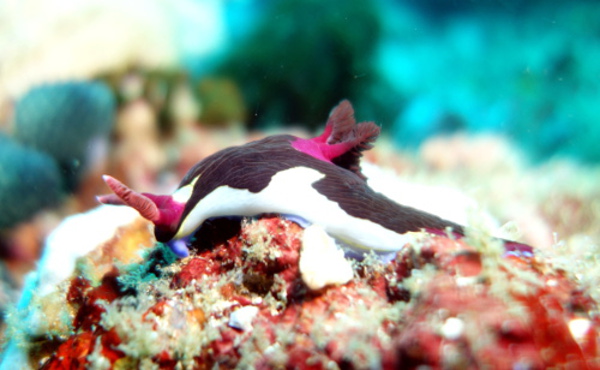
Anilao
Where is it: South of Manila on the island of Luzon
What makes it special: Macro and muck diving paradise
Details: This lesser-known gem of a dive area was a complete surprise to us. If you like muck diving then Anilao is where you want to be. Cuttlefish, nudis, octopuses, shrimp, and more are waiting to be found by patient divers. Got the photography bug? The area hosts photo competitions a few times a year, in no small part because of the many amazing photo subjects to be found there. Depths vary depending on the site, but beginners to advanced divers will find it interesting. Water temperatures are in the 80s F (26 to 30 C).
When to go: Year-round
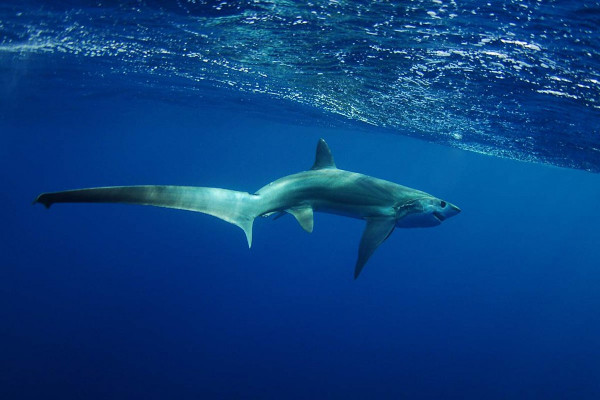
Monad Shoal
Where is it: Malapascua
What makes it special: Thresher sharks
Details: One word — threshers. There are few places in the world you can go and have a near 100 percent chance of seeing the elusive thresher shark. Monad Shoal is one of those few places. There isn’t much to see here other than the threshers, but trust me, once they rise from the deep in the dawn hour to visit these cleaning stations, you won’t notice anything else around you anyway. This site is recommended for intermediate to advanced divers due to depth and free descents/ascents.
When to go: Year-round
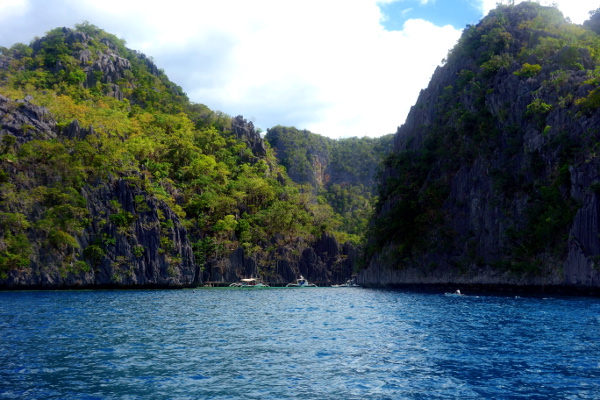
Coron
Where is it: Palawan
What makes it special: Wrecks
Details: This history-filled area is a must-dive for wreck lovers. Several WWII wrecks lie on the ocean floor just waiting to be explored. Most are so large that even multiple dives on the same wreck will still leave areas unseen and unexplored. Wreck penetrations aren’t necessary to enjoy the dives, but are very easy in most cases, so bring your reel just in case. Most wrecks are around 100 feet (30 m) deep, so we recommended these sites for intermediate and advanced divers. Water temperatures are in the upper 70s to low 80s (25 to 28 C).
When to go: Year-round
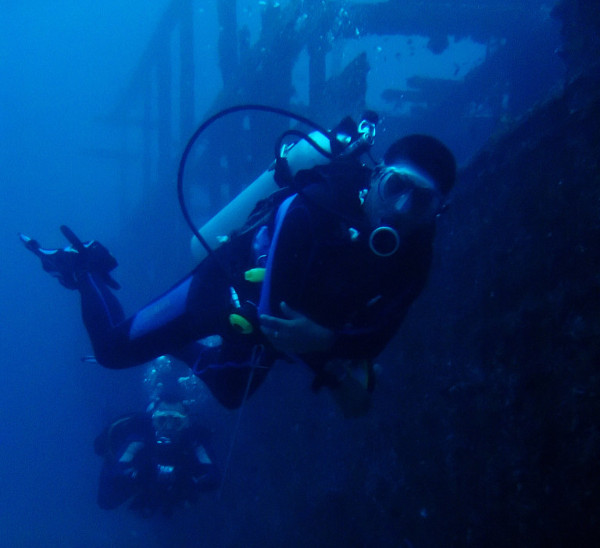
Puerto Galera
Where is it: Mindoro
What makes it special: Macro, reefs, cephalopods
Details: The sheer number of sites offered here makes it hard to cover everything, but the main sites range from your average reefs to the places like Verde Island, where the schooling fish are so abundant you’ll swear you’re inside a man-made, overstocked aquarium. And if you’re looking for cephalopods, this is yet another Philippine hot spot. Depths vary depending on the site, as does the recommended skill level, so there’s something for everyone. Water temperatures are in the upper 70s to low 80s (25 to 28 C) and visibility can vary greatly.
When to go: Year-round


